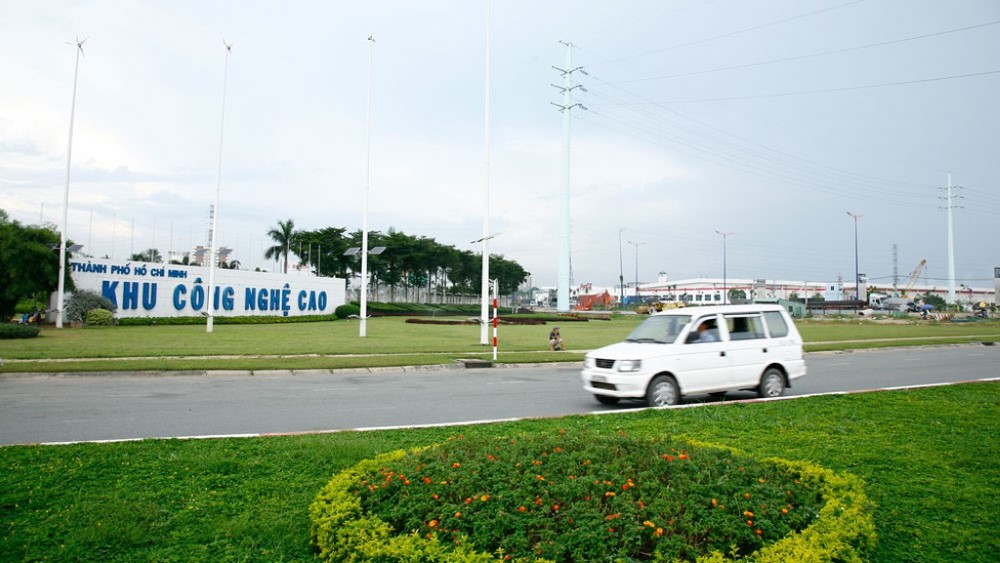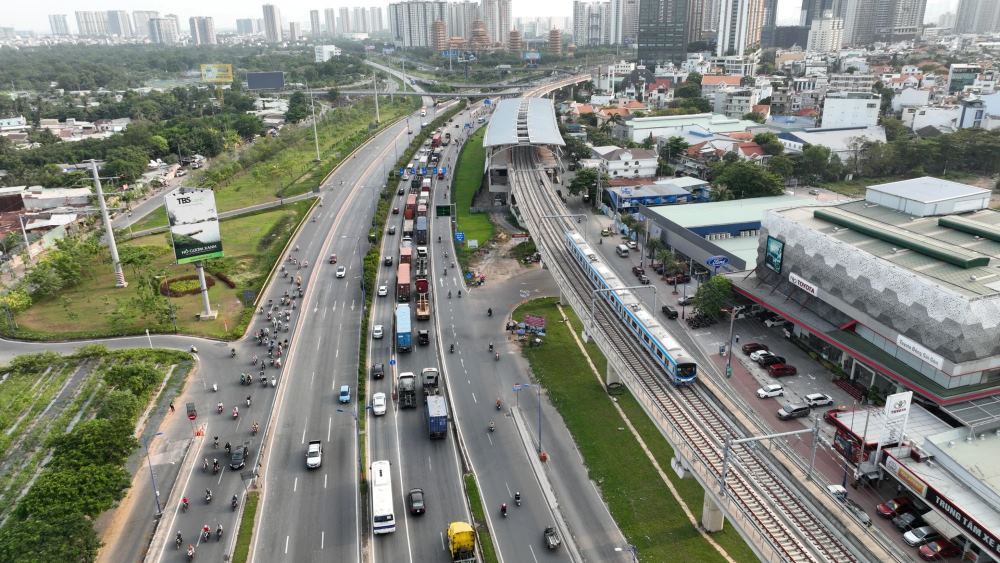The way of limiting energy consumption in Data Centers
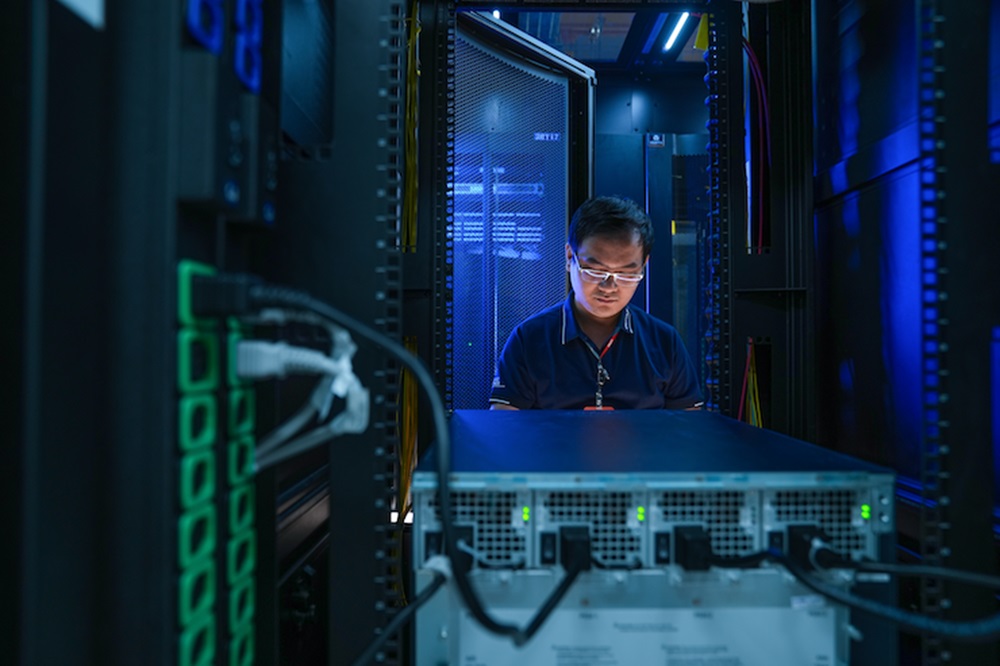
The increasing scale and complexity of information technology pose a significant challenge to the energy consumption of Data Centers. To address this challenge and move towards a sustainable future, many efforts have been proposed and implemented to reduce energy consumption in this sector. In this article, let’s explore with Onehub Saigon the approaches and specific measures to reduce the impact of Data Centers on energy resources and the environment.
Enhanced Data Center Demand
Recently, there has been a sudden increase in demand for Data Centers. This has led to the expansion of Data Center facilities, accompanied by the deployment of advanced cooling systems to ensure stable operations. However, this also means a higher energy consumption to maintain 24/7 infrastructure operations.
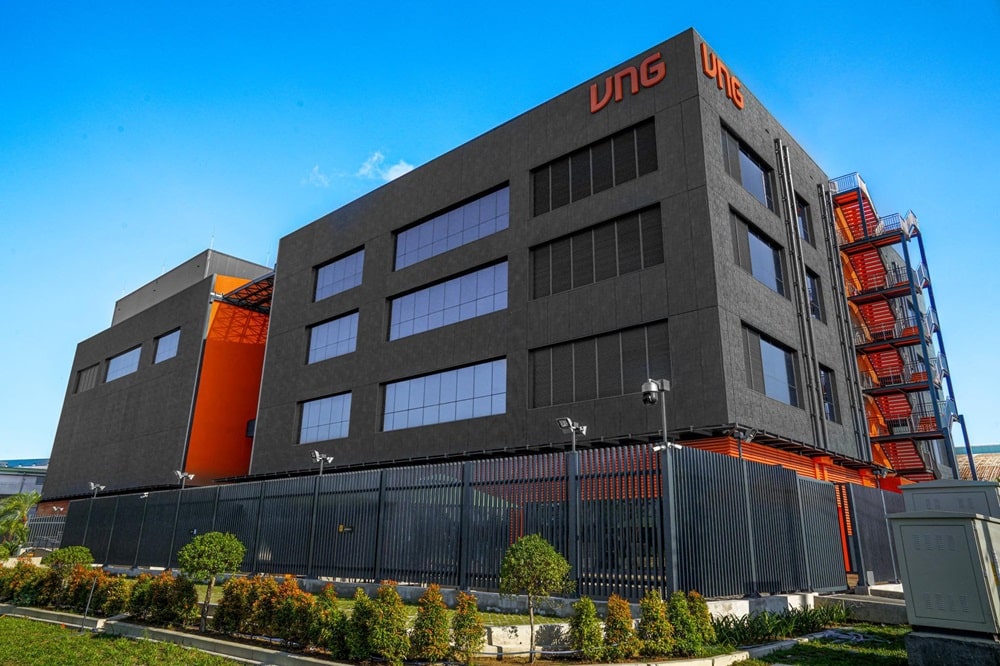
Rapid growth in Data Centers
Managers and leaders in the field of Information Technology and data management have recognized for many years that data centers demand significant energy resources and incur substantial costs. However, the sudden surge in demand for data centers today is a result of the robust growth of remote work models, high-speed streaming services, and advancements in cloud computing technology.
Additionally, the explosion of Artificial Intelligence (AI) models and tools also contributes to the importance of expanding data infrastructure. This has made meeting the growing demand increasingly urgent and poses significant challenges in energy and cost management within the data center industry.
Efforts to reduce energy consumption in Data Centers
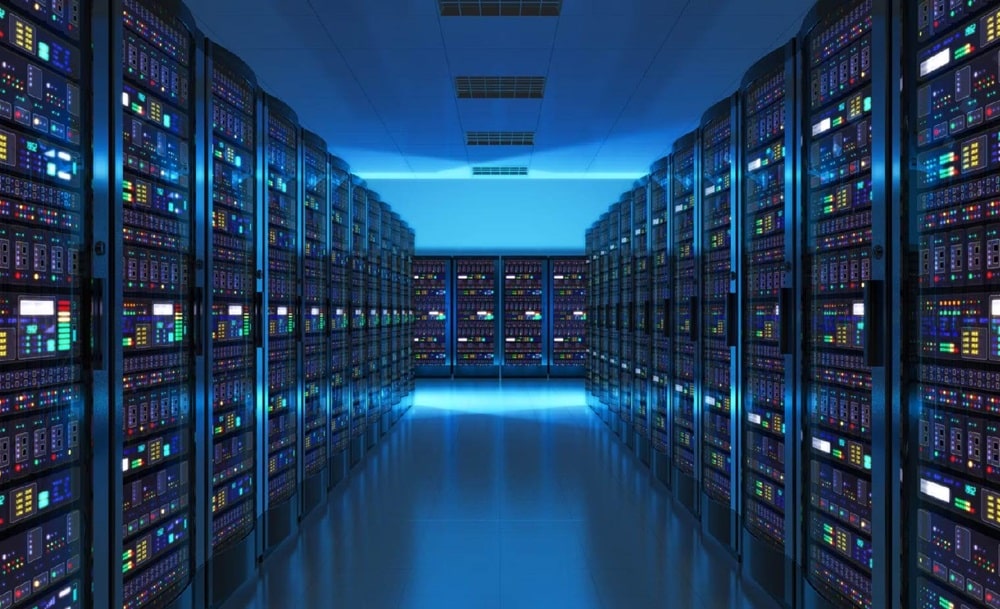
Data Centers consume a large amount of electrical energy
In the context of rising costs and pressure from stakeholders, organizations are demonstrating determination and commitment to reducing the energy consumption of their Data Centers. The latest data from Gartner Research indicates that by 2027, up to 75% of organizations are expected to implement sustainable programs for Data Center infrastructure, up from less than 5% in 2022.
Autumn Stanish, a senior analyst at Gartner, shared her perspective: “Responsibility for sustainability is increasingly shifting from CIOs (Chief Information Officers) to infrastructure and operations leaders, intending to improve environmental performance in the IT field, especially around Data Centers.” This reflects a common trend in the business community, prioritizing energy management and cost optimization as top priorities.
Read more: Data Center Market – an enticing opportunity for technology businesses
Challenges in ensuring the sustainability of Data Centers
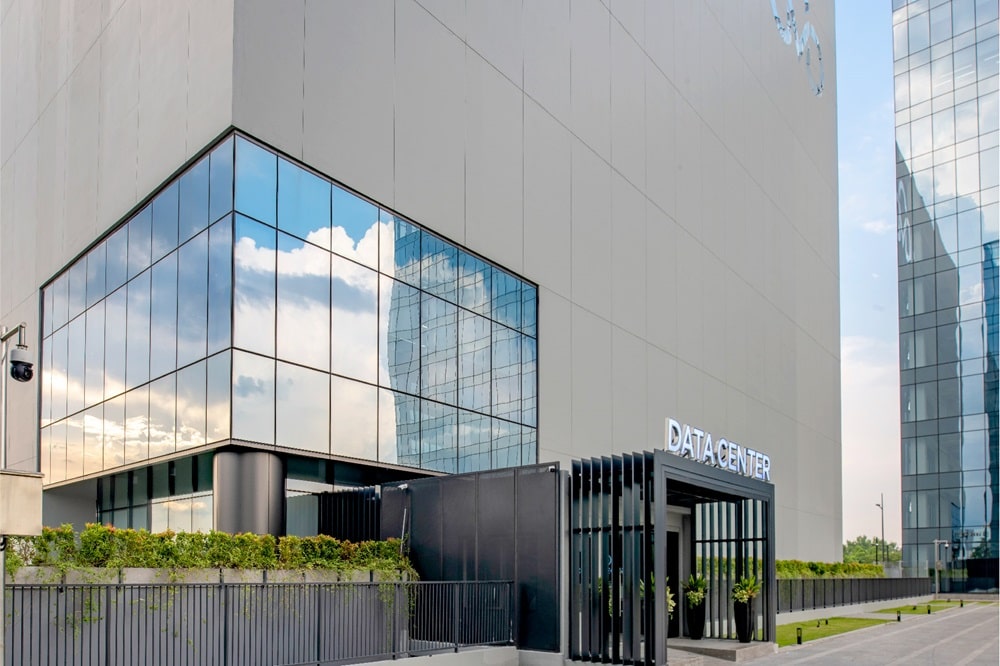
The sustainability of Data Centers is a big challenge
Although there have been positive strides in reducing energy consumption in Data Centers, a survey conducted by Hitachi Vantara in July 2023 revealed that ensuring the sustainability of Data Centers is not an easy challenge. This survey found that among IT leaders, up to two-thirds are integrating measures to measure the energy consumption of their Data Centers. However, one-third admit that their Data Center infrastructure still uses an excessive amount of energy. Additionally, it is noteworthy that 46% acknowledge that their current sustainability policies are insufficient to address the energy consumption impact of storing unused data.
This poses a major challenge for organizations in promoting the sustainability of Data Centers, especially in the context of heightened environmental responsibility awareness and the increasing corporate community towards minimizing impacts on natural resources.
In 2024: The Year of Energy-Efficient in Data Centers
Transitioning to shared cloud infrastructure

Reducing emissions by transitioning to shared cloud infrastructure
Transitioning to shared cloud infrastructure can play a crucial role in reducing emissions at Data Centers. According to Bridgette McAdoo, Director of Sustainability Development at Genesys – a business providing customer experience solutions, McAdoo emphasized that transitioning to shared cloud infrastructure can significantly reduce emissions, similar to having many people taking a bus instead of them traveling individually. She also shared that choosing a cloud provider with renewable energy sources can contribute to the goal of reducing carbon emissions.
McAdoo further explains that many organizations continue to use on-premise technology, which can create limitations in terms of innovation speed and the ability to implement sustainable business activities. According to McAdoo, this not only reduces efficiency but also limits the ability to implement sustainable business strategies, a crucial aspect for creating positive and long-lasting impacts in today’s business environment.
Investing in Liquid Cooling Technology
In the context of increasing computational power in Data Centers due to the consolidation of workloads and specialized processing applications such as Artificial Intelligence (AI), cooling has become an important challenge. Each rack consumes large amounts of energy and generates high temperatures, necessitating efficient cooling solutions to ensure smooth and safe operations. According to William Estes, the CEO of Anderson Power Components, the future expansion of Data Centers may closely relate to the adoption and development of liquid cooling technologies.

Liquid cooling technology is an increasingly popular solution
Estes explains that with the rising demand for high-performance computing and data storage, liquid cooling will become a crucial solution for managing the increasing heat generated by the growing power consumption in Data Centers. Liquid cooling systems have the potential to increase energy efficiency by up to 40% compared to traditional methods using convection.
In recent years, the use of liquid cooling has significantly increased, and the global liquid cooling market is expected to grow from USD 1.37 billion in 2020 to USD 4.38 billion by 2026.
Focus on specialized hardware
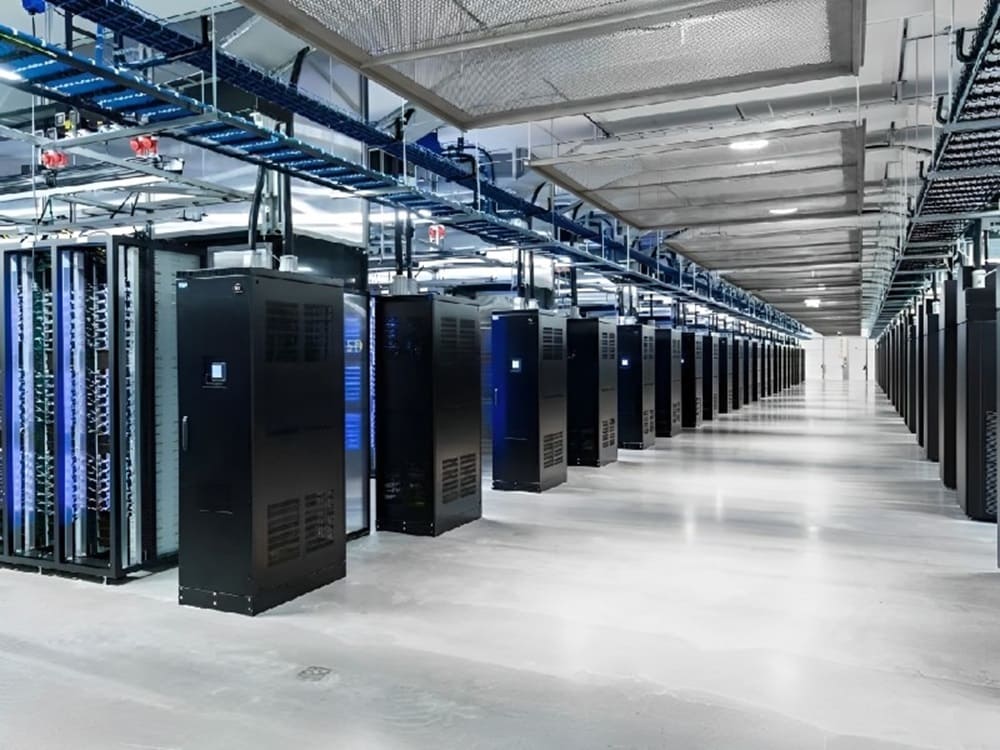
Utilizing specialized hardware significantly reduces energy consumption
According to Jonathan Friedmann, the CEO, and Co-founder of hardware acceleration company Speedata, using specialized hardware designed for specific workloads can dramatically reduce energy consumption and enhance efficiency in Data Centers. Friedmann emphasizes, “By investing in purpose-built infrastructure, ICT leaders can align their strategies with sustainable goals, ensuring environmentally responsible operations to optimize overall operating costs, including indirect costs such as electricity, cooling, and carbon footprint.”
He pointed out that this focus has been realized in the field of AI through the development of GPUs, especially when handling concurrent workloads in Data Centers as well as through collaborations between vendors like Nvidia and cloud partners like AWS. However, Friedmann notes that the majority of Data Centers still use CPU-based analytics, especially when faced with complex database workloads and expensive resources. He explains that although CPUs are not optimized to process large amounts of data or perform powerful calculations, they are still widely used due to their relatively slow processing speeds.
With Moore’s Law slowing and progress in traditional computing slowing down significantly over the past decade, Friedmann says the shift to specialized chips could not only help enhance sustainability for carbon-intensive workloads in the Data Center but also drive productivity and accelerate innovation in the sector.
See more: Tier 3 certified data center
The sustainability of Data Centers is a journey
Note that maintaining the sustainability of a Data Center is not a specific goal but an ongoing development process.
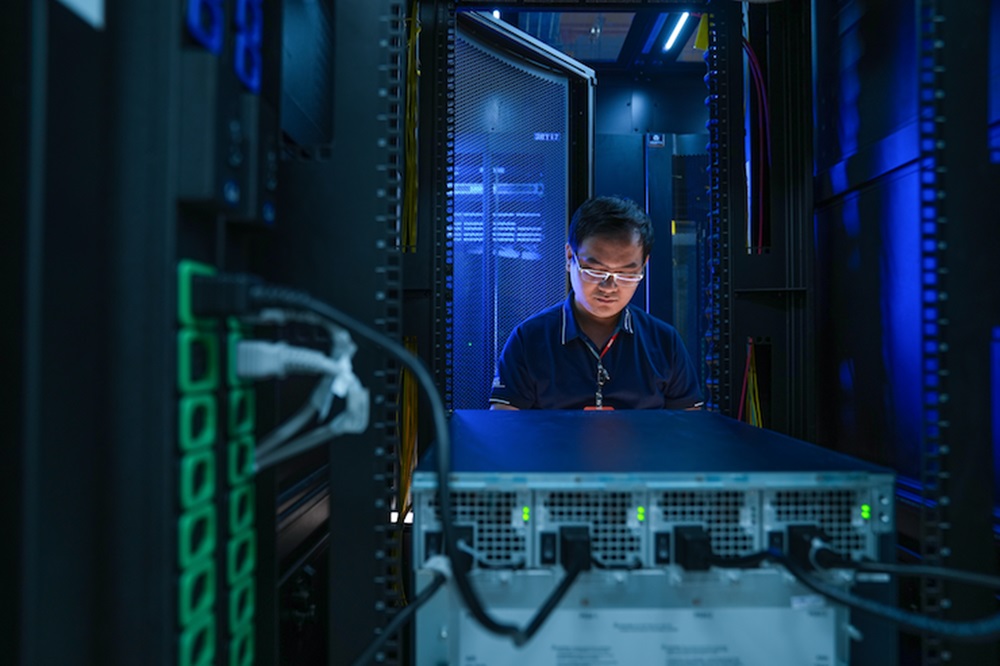
There are limitations, but the sustainability of a Data Center is a journey
Alpesh Saraiya, Product Management Director for Data Centers at Honeywell Building Technologies, emphasizes that the key to managing long-term sustainability is recognizing that it is a journey, not the endpoint of an action. He encourages Data Center operators to evaluate various methods of reducing carbon emissions, from utilizing renewable energy sources to optimizing cooling systems. They need to focus on improving the performance, efficiency, and stability of IT servers, ensuring compliance with service level agreements, and exploring liquid cooling options.
Saraiya also emphasized the need for a comprehensive operations management platform that integrates Operational Technology (OT) data and IT assets. The integration and digitization of information from these systems into a unified platform can provide detailed insights and optimize operations. Therefore, operators can protect uptime, manage maintenance, and reduce CO2 emissions and energy consumption. This illustrates that sustainability is not just a static goal but a flexible and continuous strategy in Data Center management.
Read more: Data centers and the digital transformation of businesses today
Reduce CPU cycles by building a serverless logging framework
Gary Hoberman, CEO and founder of Unqork, a software company, suggests how to reduce CPU cycles in Data Centers to reduce energy consumption. He emphasizes that the primary issue contributing to high energy consumption is organizations using more CPU cycles than necessary, leading to excessive processing and retrieval of data.
He recommends the implementation of a serverless logging framework to intentionally reduce CPU cycles. He believes this approach is an effective practical solution for IT leaders. The framework is a mechanism for logging, indexing, signaling, and most importantly, filtering at the reception layer. He notes that if real-time signaling for logs is unnecessary, they can be stored for compliance without forwarding them to indexing or additional analysis tools, thus reducing pressure on CPU cycles.
Furthermore, he recommends using the Sigma standardization, an open-source rule language for logs. This aids companies in ensuring that coping measures can be written once and easily adapted to any required signaling system, especially when there are changes in alert mechanisms or backup databases, which may occur due to performance or cost factors.
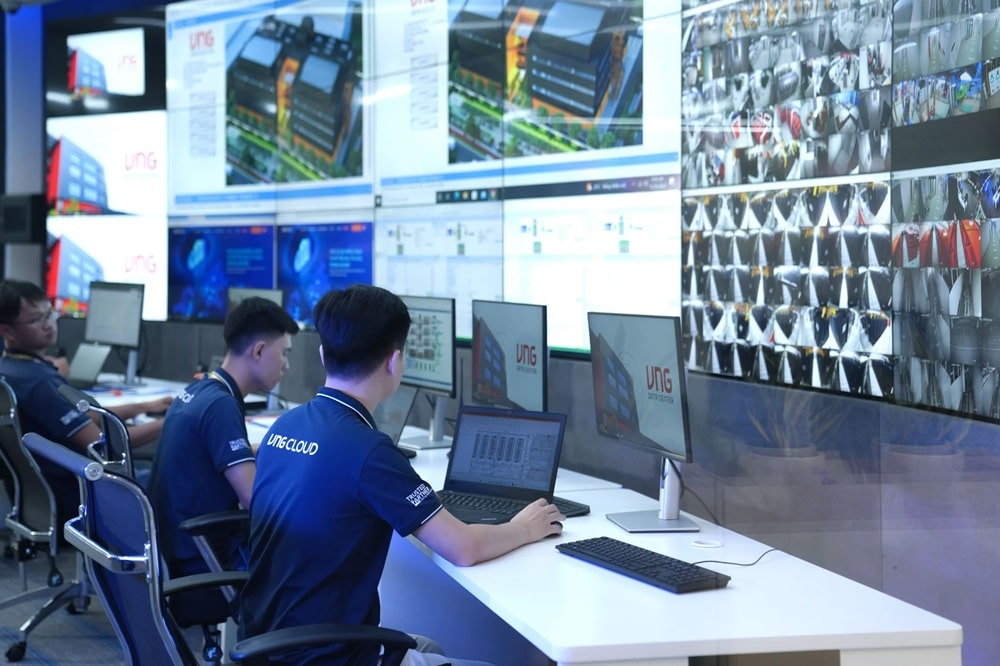
Reducing CPU cycles significantly reduces energy consumption
Conclusion
In the race to reduce energy consumption in Data Centers, innovation and commitment are on the rise. Integrating strategies that optimize performance, utilization of renewable energy sources, and the deployment of new technologies are key to a sustainable future for Data Centers. This article from Onehub Saigon shared how to limit the energy consumption of Data Centers, providing insights and strategies for developing a sustainable Data Center.


